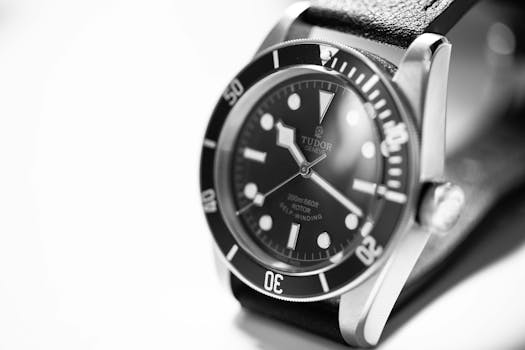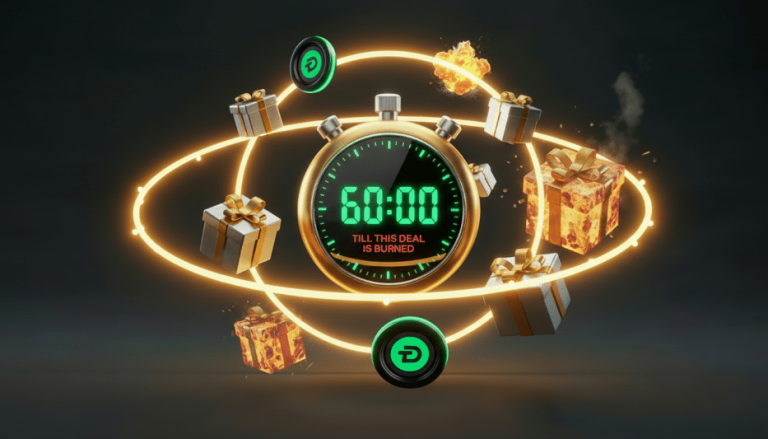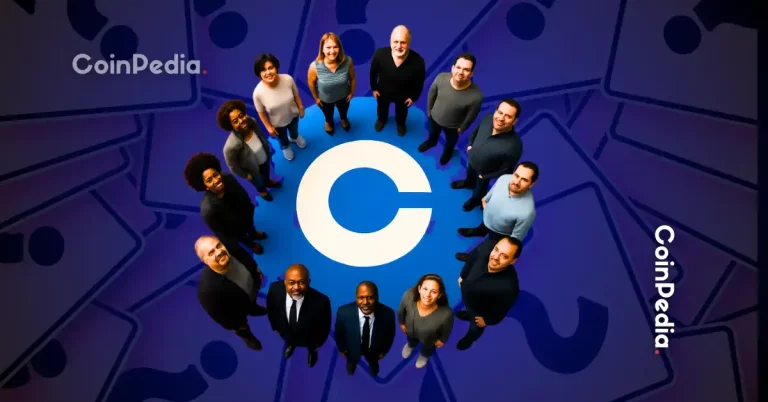
Understanding Watch Complications: A Comprehensive Guide
Takeaways:
- Watch complications add functionality beyond basic timekeeping.
- Popular complications include chronographs, perpetual calendars, and moon phases.
- Understanding complications can enhance your appreciation of horology.
- Complications can significantly affect the price and craftsmanship of a watch.
Watch enthusiasts often speak with reverence about the intricate features of their beloved timepieces. Among these features, watch complications stand out as a hallmark of fine horology, showcasing the skill of the watchmaker and adding functionality beyond mere timekeeping. In this article, we will explore the different types of watch complications, their functions, and their significance in the world of watches.
What Are Watch Complications?
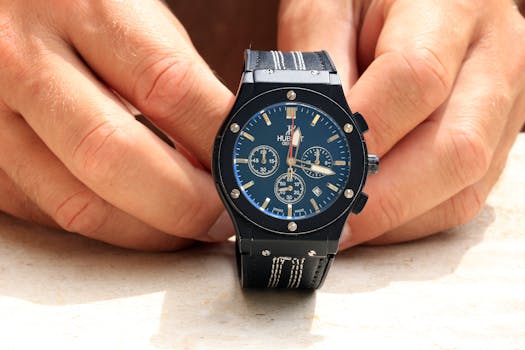
Types of Watch Complications

1. Chronograph
The chronograph is perhaps one of the most well-known complications. It allows the wearer to measure elapsed time using a stopwatch function. This feature is particularly popular in sports watches and is often used in racing and aviation contexts. Chronographs can have various sub-dials that display different time intervals, enabling users to track multiple events simultaneously.
2. Perpetual Calendar
A perpetual calendar complication is an advanced feature that automatically adjusts the date, accounting for leap years and the varying number of days in each month. This means that as long as the watch is functioning, it will always display the correct date, which is particularly useful for those who prefer not to manually adjust their watches.
3. Moon Phase
The moon phase complication tracks the lunar cycle, displaying the current phase of the moon. This complication is not only aesthetically pleasing but also serves practical purposes for those interested in astronomy, fishing, or even gardening, as it informs about the best times to engage in various activities based on lunar cycles.
4. Tourbillon
The tourbillon is a highly complex and sophisticated complication designed to improve accuracy. It compensates for gravitational bias on the watch’s movement by rotating the escapement and balance wheel in a cage. Although primarily a technical achievement, the tourbillon is also a sought-after feature for its visual appeal and craftsmanship.
5. GMT (Greenwich Mean Time)
The GMT complication allows the wearer to track multiple time zones simultaneously. This feature is particularly useful for travelers and those who conduct business across different regions. A GMT watch typically has a second hour hand that makes one complete revolution every 24 hours, allowing the wearer to read the time in another time zone easily.
6. Power Reserve Indicator
A power reserve indicator shows the amount of energy left in a watch’s mainspring. This complication is essential for mechanical watches, as it helps the wearer know when the watch needs to be wound or when it will stop running. It adds a level of practicality, ensuring that you never miss a moment.
Why Complications Matter
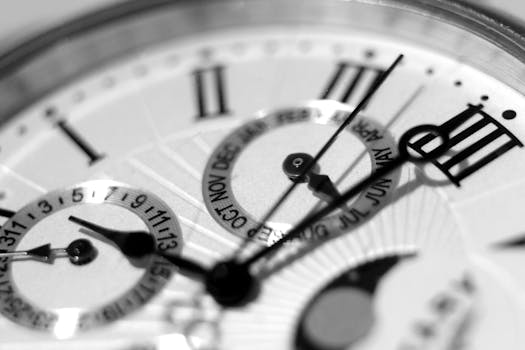
Moreover, complications add significant functionality to watches, making them not just tools for telling time but also instruments for various practical applications. As enthusiasts appreciate the intricacies of these features, they develop a deeper connection to their timepieces, enhancing their overall experience of horology.
Conclusion
